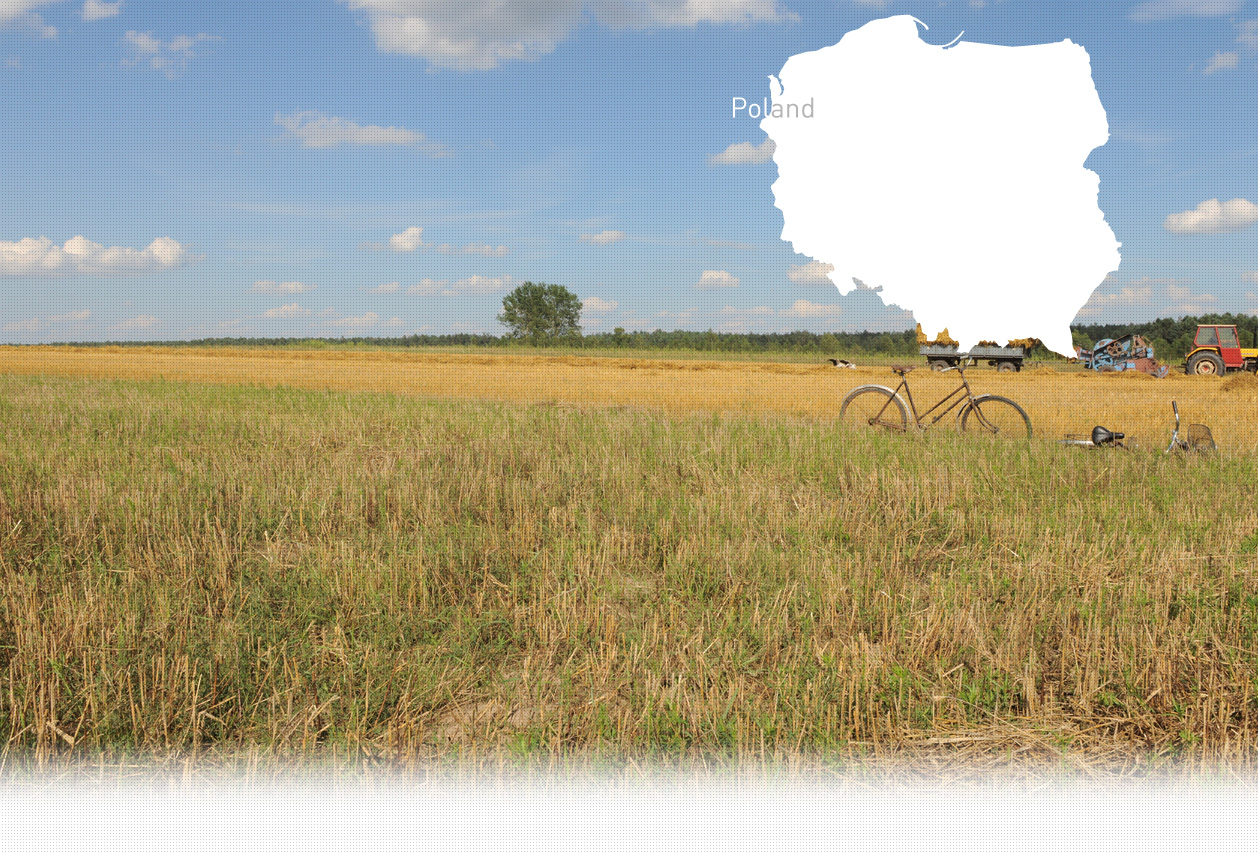

1 Killing site(s)
Stanisław W., born in 1932: “Before the war, Poles and Jews lived in Nagoszyn, and Gypsies often passed through the nearby forest. I’m not sure how many Jewish families there were—maybe three—but one family lived about 100 meters away, near today’s bus stop. The Jews in Nagoszyn were mainly involved in trade and were relatively well-off. Catholics in the area sold them produce like butter, milk, and eggs. I remember a few Jewish names from Nagoszyn: Moszek and Jakub. Jakub had a son named Herszek, who went to school with me. Herszek had two sisters. During the German occupation, Herszek’s sisters hid with the priest at the church. They were baptized and managed to escape. There was also a Jew named Maks, whose daughter’s name was Łajka, though I can’t recall the name of Maks’ wife. During the occupation, they were all taken to the camp in Pustków. A Polish man named Cholewa hid Jews from Nagoszyn in his cellar. After the war, some of the Jews who survived and moved to Israel invited him to visit them as a gesture of gratitude.” (Witness N°1565P, interviewed in Nagoszyn, on July 29, 2024)
Nagoszyn is a village in Poland located in the Subcarpathian Voivodeship, within Dębica County and Żyraków Municipality. While little is known about the pre-war Jewish community of Nagoszyn, interviews with witnesses conducted by Yahad - In Unum provide valuable insights. Before the Second World War, Nagoszyn was home to a small Jewish community that coexisted peacefully with its Catholic neighbors. The village had roughly the same number of houses as it does today, and the Jews were primarily engaged in trade.
Relations between the Jewish and non-Jewish populations in Nagoszyn were generally friendly. A Jewish man named Max and his wife, Anna, owned a store in the village. Although they had no biological children, they cared for a young girl who attended school with one of the witnesses interviewed by Yahad. In addition to the store, the village also had a Jewish-run tavern or bar, although it remains unclear if the Jewish community maintained a house of prayer in Nagoszyn.
Jewish and Catholic children attended the same school, with Jewish children leaving during religious classes to return home. Some Jews in Nagoszyn also worked as farmers and were known for paying their workers generously.
The Jewish community in Nagoszyn was part of a larger regional presence, with many Jews also residing in nearby Radomyśl, where they continued their trading activities.
Nagoszyn was occupied by German forces shortly after the Nazi invasion of Poland in September 1939. The village became part of the General Government, a territory under direct German administration where harsh measures were imposed on the local population. The Nazis sought to break the spirit of the Polish people through repression, forced labor, and the destruction of cultural institutions.
The Jewish community, which had been an integral part of Nagoszyn, faced severe persecution under the occupation. In 1942, the German authorities began the systematic targeting of Jews in the region. Like many other villages in Subcarpathia, Nagoszyn’s Jewish residents were deported to the notorious Pustków labor camp. From there, they were eventually sent to extermination camps. Many Jewish families from Nagoszyn were caught in these mass deportations, but some individuals managed to escape or hide.
Local residents, such as a Polish man named Cholewa, risked their lives to shelter Jews, enabling some to survive the war. According to witnesses interviewed by Yahad, some Jews from Nagoszyn also sought refuge in the nearby village of Bobrowa, though their ultimate fate remains unclear.
Not all those who hid managed to escape death. Two Jewish women were sheltered by a Polish woman named Franciszka, but they were denounced to the Germans. The German forces arrived in Nagoszyn, arrested the women, and took them to a nearby forest where they were executed with a single bullet each. A Polish man was requisitioned to dig their grave and bury them after they were forced to undress.
Today, no memorial marks the site.
Do you have additional information regarding a village that you would like to share with Yahad ?
Please contact us at contact@yahadinunum.org
or by calling Yahad – In Unum at +33 (0) 1 53 20 13 17